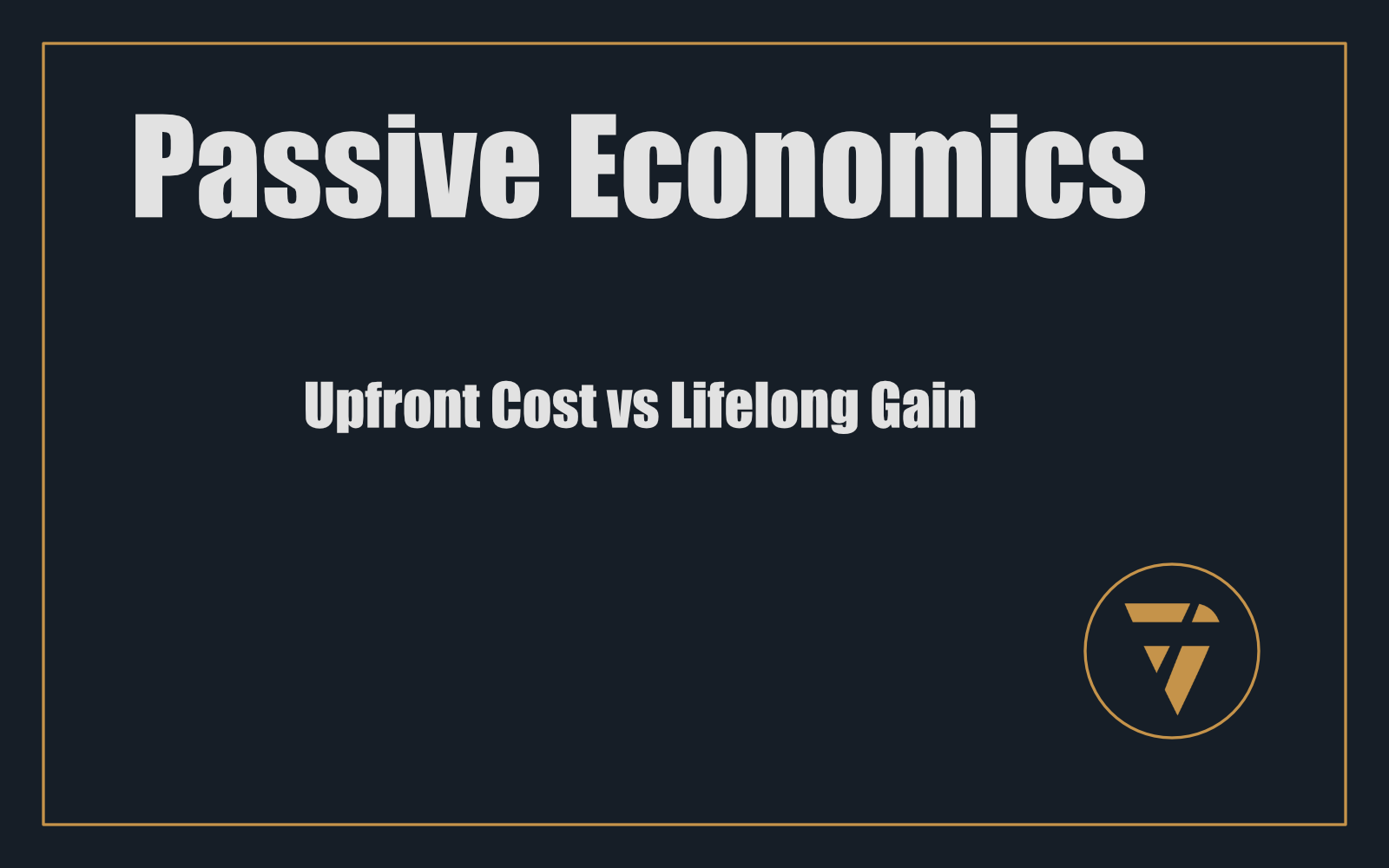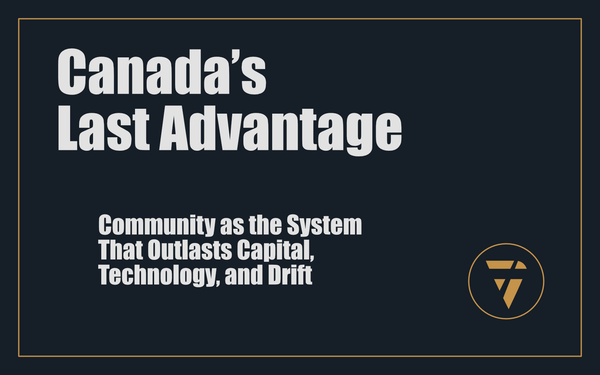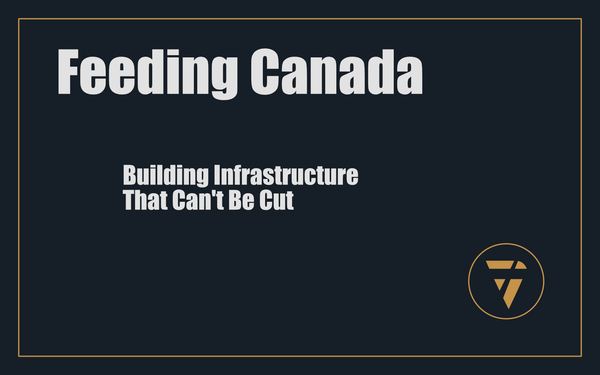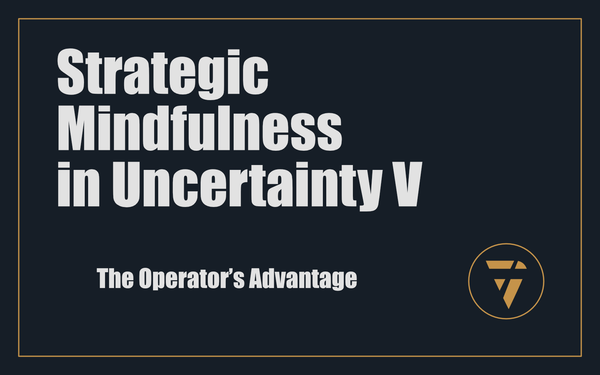Passive Economics

Upfront Cost vs Lifelong Gain
Every buyer asks the same question: “What’s it going to cost me?”
And when the answer is “5–10% more than code minimum,” most people freeze.
Because in a market already stressed by inflation, mortgage rates, and land prices, that sounds like another red flag.
But Passive House economics aren’t about the sticker price. They’re about the balance line—what you pay once, and what you save forever.
Situation: Buyers Dread Cost Premiums
Walk into a builder’s office. Ask about Passive House. You’ll hear it:
“Expect to pay more. 5–10% above conventional construction.”
On a $500,000 home, that’s an extra $25,000–$50,000. Enough to scare many buyers away.
That fear is natural. It's also conventional construction marketing. Canadians are conditioned to think short-term: the sticker price at signing, not the total cost of ownership over decades.
Problem: The Red Flag Effect
The problem isn’t the number itself. It’s what buyers believe it means.
- They assume it’s sunk cost. That the money vanishes into insulation and triple glazing with no return.
- They assume it never pays back. That Passive House is only for wealthy, eco-conscious homeowners.
- They assume the cost gap widens. That energy prices might drop, making savings less relevant.
Each assumption is false. But without clarity, the red flag effect blocks adoption.
Solution: The Balance Line
Here is the truth: Passive House isn’t more expensive—it’s more complete.
- Energy Savings: A Passive House uses up to 90% less heating and cooling energy. That means utility bills collapse. A house that costs $2,500–$3,500 per year to heat in Saskatchewan costs a few hundred dollars in a Passive House. Over 30 years, that’s $60,000–$80,000 saved—far beyond the upfront premium.
- Maintenance Savings: Conventional homes depend on furnaces, air conditioners, and duct systems that need replacement every 10–15 years. Passive Houses eliminate or drastically reduce those systems. Less equipment means fewer failures and lower maintenance bills.
- Comfort as Value: Stable indoor temperatures, no drafts, clean filtered air—even during wildfires or grid failures. That isn’t just a lifestyle perk. It’s a resilience asset that carries long-term financial and health value.
- Resale Premiums: As building codes tighten and energy prices rise, homes that are already built to Passive standards will command higher resale value. Fragile homes will bleed equity.
Add these together, and the 5–10% premium doesn’t just pay back—it pays forward, multiplying over decades.
Contextual Factors: Why Premiums Vary
That 5–10% isn’t universal. It depends on:
- Scale: Larger projects (multi-unit, commercial, institutional) often achieve Passive House with little or no cost premium because efficiency compounds at scale.
- Soil & Site: Foundation and envelope detailing vary with geography. Cold Prairie soil vs mild coastal sites creates different engineering demands.
- Material Costs: Local supply chains matter. As more builders adopt Passive House components, costs fall. In Germany and Austria, Passive House premiums are nearly zero. Canada is heading in that direction.
The message: the premium is not permanent. It's transitional.
Consequence: The Smarter Investment
Here’s the lever: fragile homes may cost less upfront, but they cost you every day you live in them. Passive House homes cost slightly more upfront, but then they stop taking from you—and start giving back.
The financial argument is simple:
- Conventional home: cheaper to buy, expensive to own.
- Passive House: slightly more to buy, dramatically cheaper to own.
Which one is smarter?
Why It Matters
Canadians are already paying the highest home costs in history. Adding a furnace replacement every decade, $300/month utility bills, and constant repairs is not affordability—it’s fragility.
Passive House economics reveal the truth: affordability is not the sticker price. Affordability is what you pay over a lifetime.
Reader, here’s your line: The 5–10% premium is not a cost—it’s a strategy. Pay a little more once. Save for decades. Live with comfort and resilience every day. That’s economics that make sense.
This is what I’m working on. Tell me what you think, I enjoy the conversation! Subscribe and follow the work in real time.
Thanks!
B

Passive House may cost more up front.
That looks like a red flag.
But fragile homes drain you for decades.
Passive House pays once—
then saves forever.
PS -






